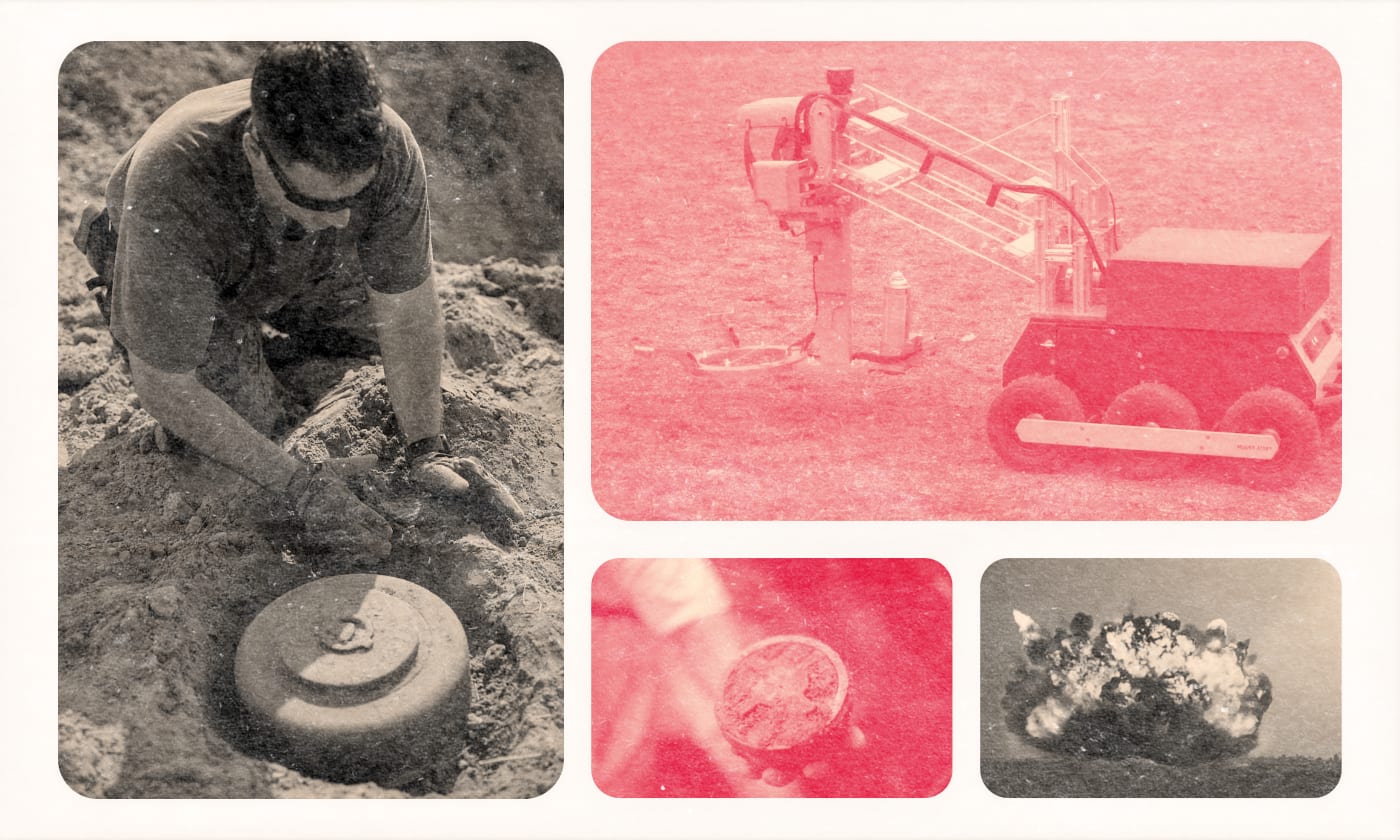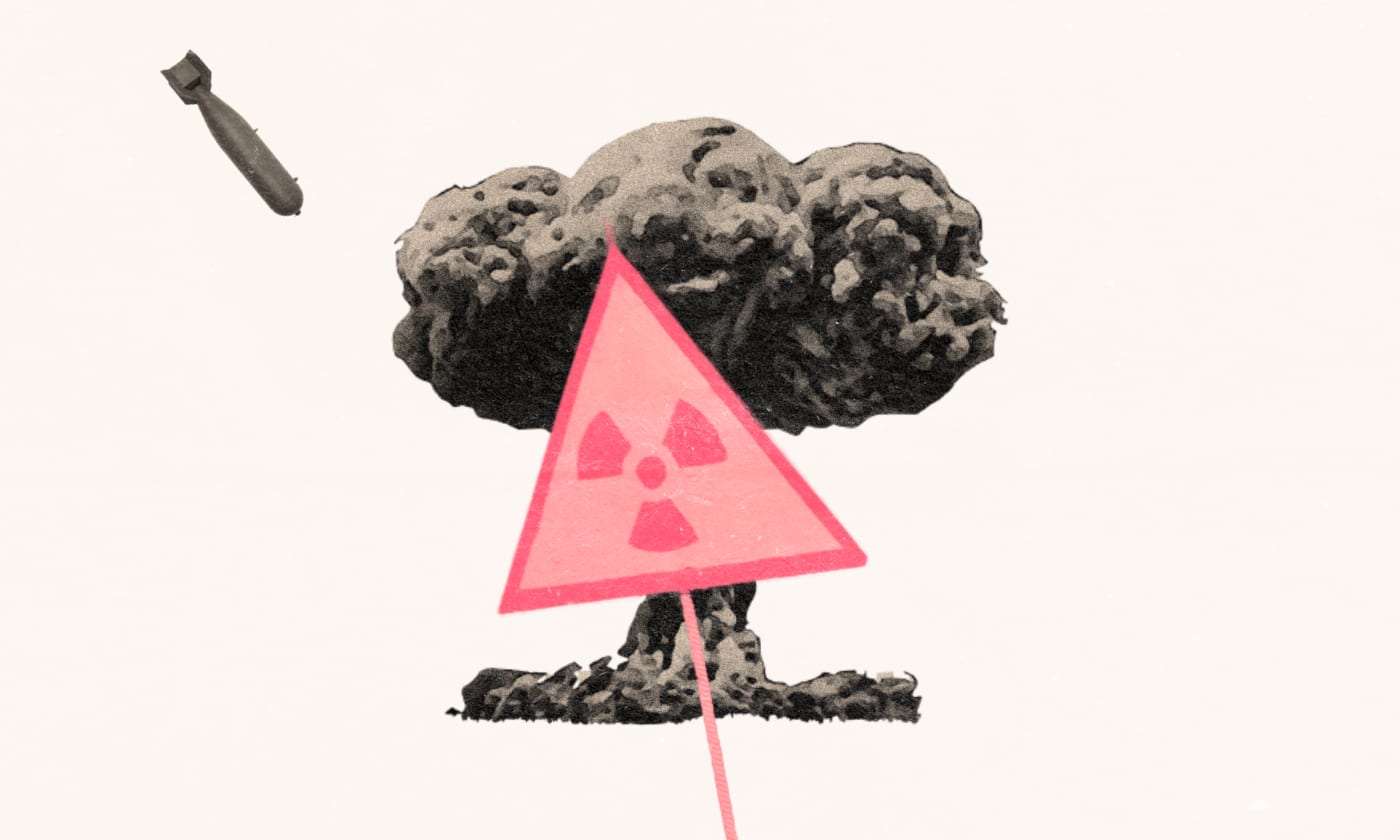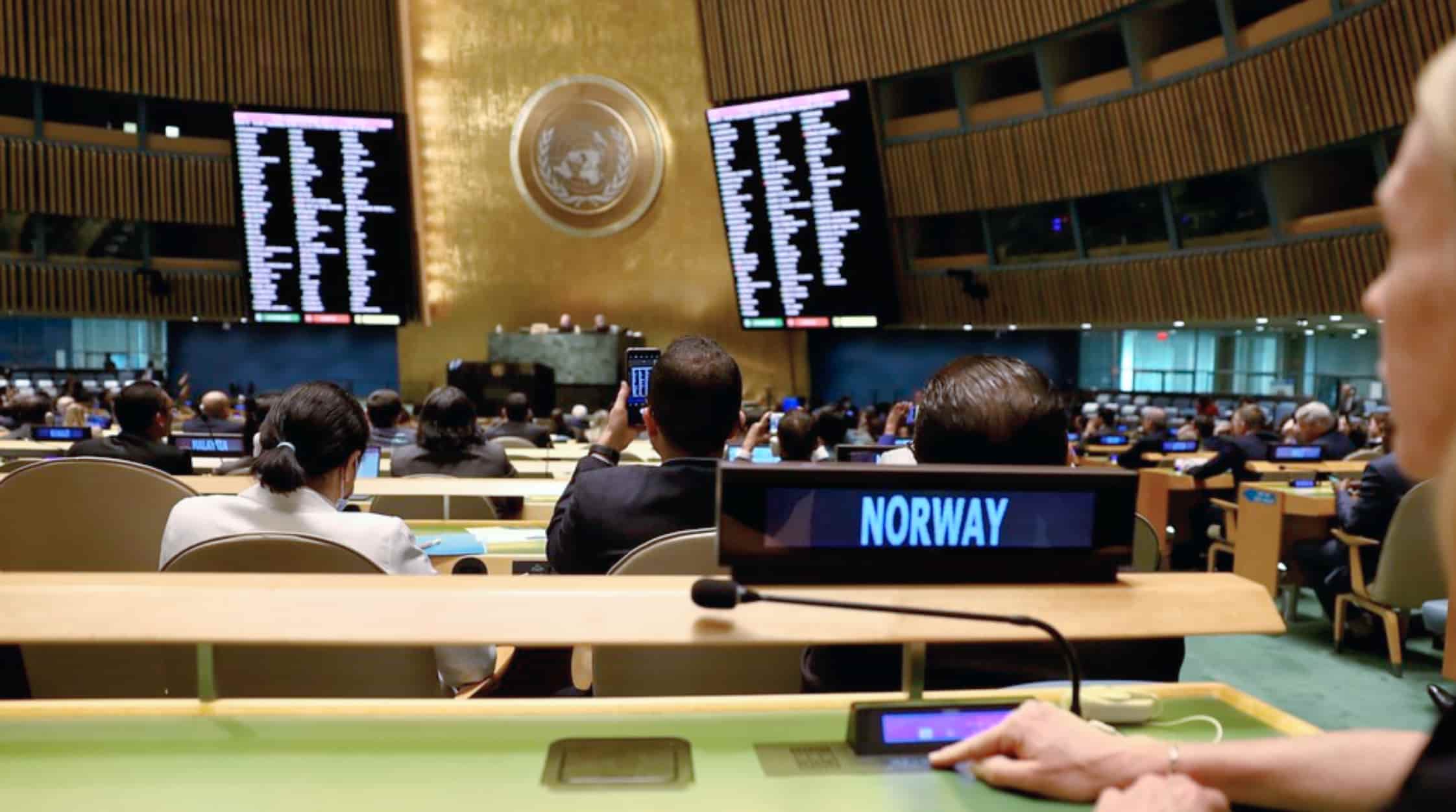Bots for a Demining Peace Initiative: The Path Towards a World Free of Landmines

Could the development of robots capable of demining, ensure that peace is within reach for regions recovering from or living through conflict?
One of the greatest escapes for children growing up against the backdrop of war and famine is in their creative imaginations. The power of pretend is brilliantly articulated by children in games where they explore and adventure in the unforgiving rubble and debris of their war-torn communities.
Imagine, a child wanders to the outskirts of town kicking stone pebbles in between barbed wiring, intermittingly dispersed in a seemingly unsuspecting demarcation area alluding to some kind of Neverland.
The child struggles to read and does not understand the faded warning signs informing of the nearby minefield. Eventually, the child steps on an anti-personnel mine and loses their life.
It may take days, weeks and possibly months to recover pieces of the child’s body assuming their remains are found and recovered by international peacekeepers, provided they have not already been demobilised.
The devastation of landmines
This is descriptive of a world where, according to the International Committee of the Red Cross, 10 million landmines currently remain spread across 64 nations.
The Red Cross also estimates that since the end of the Cold War, 25 million additional landmines are laid each year, killing 1,000-2,000 people each month; the majority of whom are civilians, with many children deaths.
In Yemen alone, the United Nations reported that as of 2022, war casualties impacting civilian populations increased by 75% due to landmine exposure, with anti-personnel mines identified as posing the greatest risk when compared to anti tank variants.
To paraphrase the idealistic bravado of Jack Valentine from the 2005 film Lord of War: “the real weapons of mass destruction are small arms, not nuclear weapons sitting safely in silos protected as national state secrets.”
Why has the usage of landmines not been banned?
Why have landmines not made INTERPOL’s “international weapons ban?” It must be realised that accelerants for mine laying typically materialise in proxy wars, armed border skirmishes and military occupations.
Considering the great potential for civilian blowback, why have the Geneva Conventions in conjunction with the United Nations failed to ban landmines as conventional weapons?
Established in 1997, the United Nations Mine Action Service (UNMAS) is the only supranational organisation to date committed to mitigating, managing and eliminating the global threat of landmines.
Per UNMAS official reportage, the estimated annual budget of the organisation is $63.5 million, with the majority of its funding derived from the United Nations General Assembly, the United Nations Voluntary Trust Fund for Assistance in Mine Action and philanthropies, in addition to private individuals.
Can landmines be removed?
The United Nations Office for the Coordination of Humanitarian Affairs reported that 164,000 anti-personnel mines were cleared globally as of 2020. It costs anywhere from $3-30 to lay a landmine, but $300-$1,000 to remove them.
The total cost of removing all anti tank and anti-personnel mines globally is estimated at $50-100 billion. It would take 1,100 years to achieve a world free of landmines with UNMAS as the supranational spearhead.
What we need to consider regarding landmine regulation
It therefore becomes evident that the numbers are not on the side of international minesweeping operations. It is for that reason that a seemingly hopeless situation begs Silicon Valley innovation.
It is all too obvious that solutions cannot be identified without first raising a series of propositional questions:
Can national governments be bothered to commit their militaries to demining operations for world peace using the supranational peacekeeping machinery of the United Nations?
What long-term collaborative partnerships can be formed with artificial intelligence and robotics dedicated to demining operations?
How can advocacy organisations join forces with think tanks and tech innovators to develop and perfect automated demining technologies using advanced artificial intelligence interactively?
Can peace be achieved when landmines are still active?
The international community has developed unmanned aerial vehicles capable of destroying entire villages remotely from thousands of miles away, often on opposite sides of the world.
Why have they failed to apply a similar conceptual approach to demining operations in the interest of securing an attainable world peace?
Nations plagued with landmines are not at peace. While it is possible to clear landmines, the work is dangerous and painstakingly long.
Additionally, as long as preventable landmine casualties are accepted as routine facts of life in failed state realities, peace will forever remain illusory allowing state kleptocracies to thrive at the expense of their own people.
What is bots for demining peace initiative?
It is for this reason that a “Bots for Demining Peace Initiative” is required to introduce a unique trimetric between demining operations, demining advocacy and advanced AI automation to pursue a world free of landmines.
This initiative would allow remote controlled or semi autonomous machines to effectively and efficiently remove active landmines.
This initiative would drastically expedite the process of demining and represents a bright future for restoring peace to regions and countries devastated by landmines.
Most importantly, the machines would not only save the lives of many deminers but would protect the imaginative child walking through their war-torn neighbourhood.







